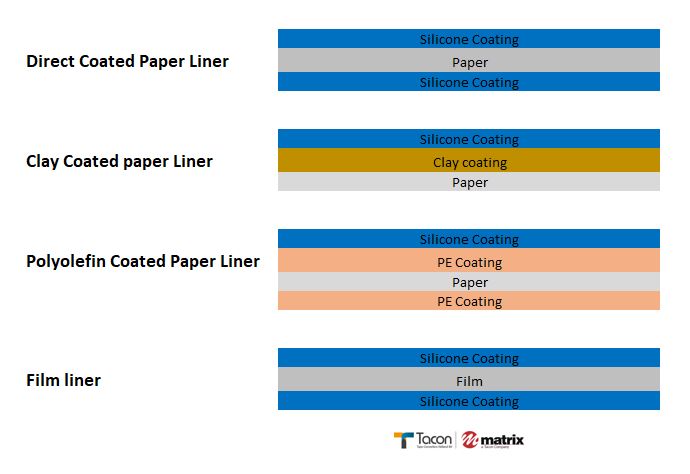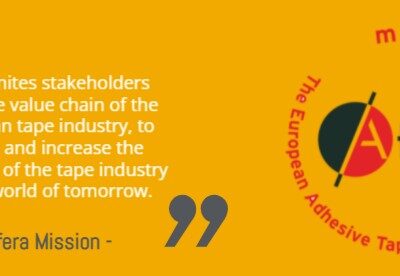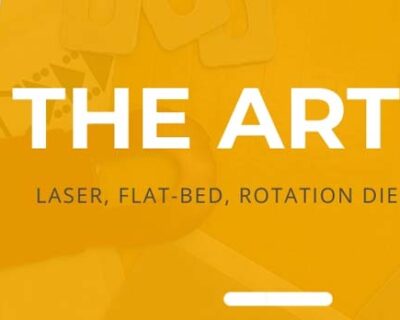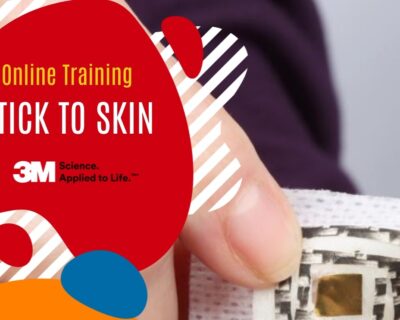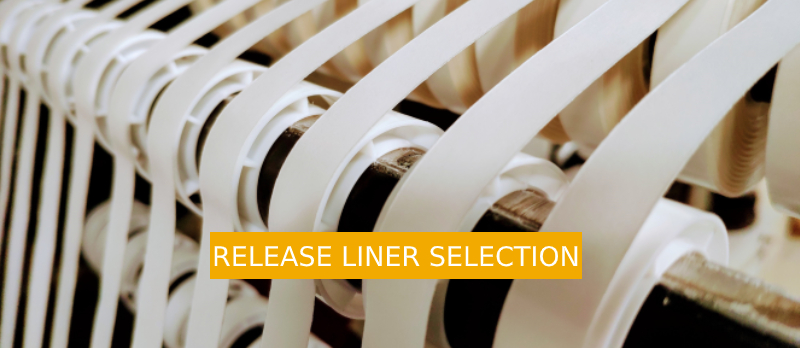
How to select the correct release liner?
As a converter of self-adhesive materials we like to discuss self-adhesive tapes and pressure sensitive adhesives (PSA). However, an often forgotten material in the adhesive landscape is probably the release liner. People often call this the “carrier” or “backing” of a tape. This product which is most of the time a coated paper or film that holds the adhesive material and is at the same time as a protective shield until the purpose of the self-adhesive is required.
What is a release liner?
Release liners are coated papers or films that carry adhesive materials.
Liners have 2 important functions:
- Serving as carriers
- Protective covering for pressure-sensitive adhesive laminates.
That means liners make sure that the self-adhesive material does not get damaged and is crucial for a consistent tape quality. The terms are exchangeably used and release liners are referred to as carrier or backing.
The base of a release liner is often paper, poly coated paper, film, or a metalized film. The liner can be coated with silicone or non-silicone to have an easy release from the adhesive. It all depends on the surface in combination with the requirements of the dispensing system needed for the application.
The release liner is in most cases one of the most critical decisions you will have to make while designing an PSA. It has to have the correct quality and feature to exactly match the application, both hand applied or automatic dispensing, and processing like for instance slitting and die-cutting.
TYPES OF RELEASE LINERS
- Paper liner— Most common release liners is paper and available four types:
1. Polycoated Kraft (PCK)
2. Extensible Polycoated Kraft (EK)
3. Densified Kraft (DK)
4. Extended Densified Kraft (XL). - Film liner — Film release liners are used more and moree, especially for labels and tapes, and for industrial and medical/healthcare (electrodes, wound care, diapers, etc.). Film liners have two types in general:
1. Polyester (PET)
2. High-Density Polyethylene (HDPE). If you need more stretch in the liner you can choose a Low-Density Polyethylene liner (LDPE). - Specialty liner— These release liners are specialized films like a metalized film and other substrates for highly specialized applications in various industries including aerospace, automotive, renewable energy, etc
Manufacturers coat release agents on liners. Very often this is a silicone coating to laminate and protect the adhesive it is applying to from exposure before use. The release level is the degree of separation of the adhesive from the substrate, and it ultimately dictates the characteristics of the release liner.
Here’s an example. A print company is preparing inkjet cartridges. It’s crucial to the automated assembly process that the release liner performs well so it releases from the liner and accurately dispenses onto the cartridge.
The technology behind release liners
There are four key release liner substrate construction categories:
- Direct coated papers
- Clay coated papers
- Polyolefin coated papers
- Coated films
Every release liner has a couple of variations which depend on several factors. Below are a few examples of how this construction can look like.
THE RELEASE LINER AND YOUR APPLICATION
Merging your converted adhesive part with the best liner is vital for most applications, including the assembly processes. There are many types of release liners that are compatible with adhesives. See a selection below.
- Easy, medium, or tight release
- Single- or double-sided release
- Medical grade
- Split back
- Butterfly
- Tabbed
- Printed
- And more
When working with release liners, it is recommended to work with a seasoned tape converter. This company should be experienced with many types of material, invests in equipment and want to understand your product from A to Z.

